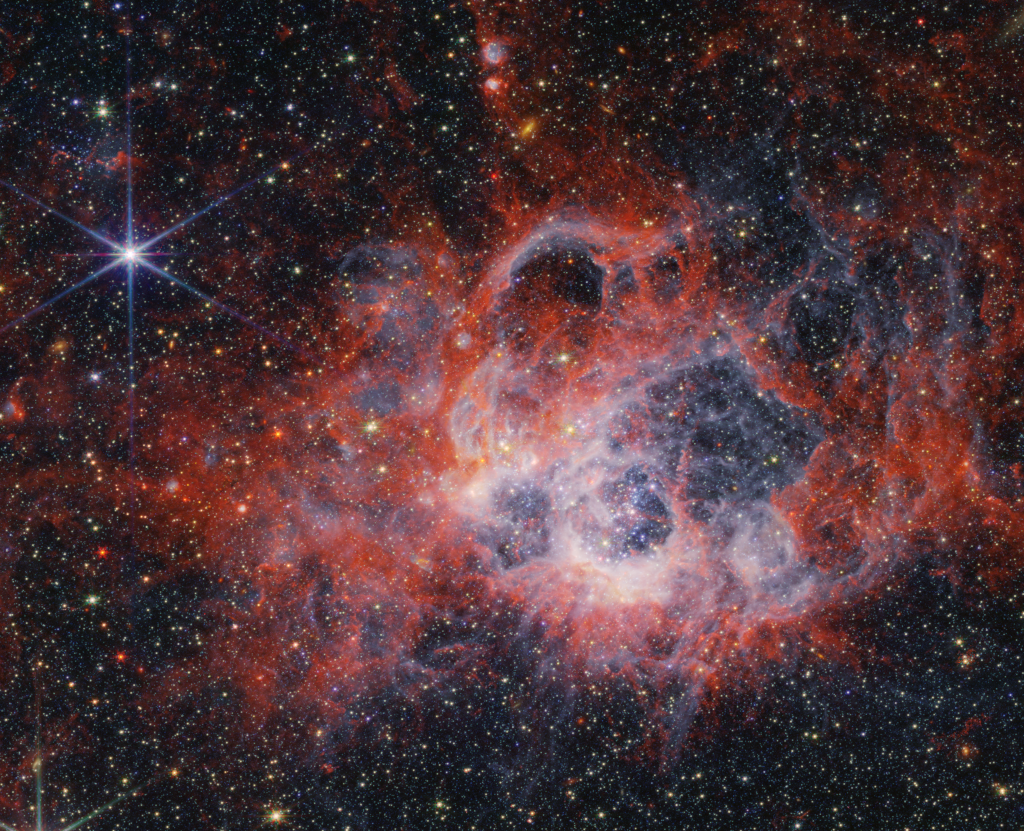-
Great picture of lunar eclipse – how did your pictures turn out?
Posted on October 9th, 2014 No commentsFrom the Livingston Enterprise: Published: Wed, 10/08/2014 – 8:50pm
Blood Moon: Fall moon eclipse puts on dramatic early morning show

Enterprise photo by Hunter D’Antuono
Wednesday morning’s lunar eclipse as viewed from Livingston around 5 a.m. This eclipse was the second in a series of four consecutive total lunar eclipses, known as a tetrad.
A total lunar eclipse, or what was billed as the “Blood Moon” in the media, was visible throughout the western United States in the wee hours of this morning.
Lunar eclipses are the result of the Earth coming directly between the moon and the sun, which leads to the Earth’s shadow being cast on the surface of our celestial neighbor. The light of sun passing through the Earth’s atmosphere before it reaches the moon is what creates the rusty color.
Fall eclipses tend to be more dramatic, according to Eric Loberg, planetarium program manager at the Museum of the Rockies in Bozeman.
“In October sometimes you still have forest fires, so it adds to that red color,” Loberg said. “When the moon’s lower on the horizon, it will look bigger.”
Lynn Powers, who holds a master’s in Science Education and is president of the Southwest Montana Astronomical Society, said eclipses are a great opportunity to address misconceptions about space and the moon.
Powers said it’s common for people to think the moon emits it’s own light, but in reality it merely reflects light from the sun.
“Some people talk about vampires and how they don’t like sunlight but love moonlight,” she said.
She points out that if vampires were real, they’d be in just as much trouble under the light of the full moon, because it is still sunlight.
“We are no longer looking up, but looking down into a scope or at technology,” she said of people’s relationship with the sky. “We are getting more disconnected with our naked eye viewing, which is sad. Events like this get people out.”
This eclipse was the second in what’s called a tetrad — an event in which four lunar eclipses occur in secession without a partial eclipse in between. The events are spaced about six months apart. The next eclipse in the series will occur April 4, 2015, but will not prove as spectacular a display from Montana as Wednesday’s event. The next tetrad will occur through 2032 and 2033.
“It’s still more interesting to see the real thing than watch it online,” said Loberg.
Coming up in other astronomical news, a partial solar eclipse will be visible from Montana at 2:58 p.m. on Oct 23. Powers reminds the public to never look directly into the sun.
—–
Hunter D’Antuono may be reached at photo@livent.net.






